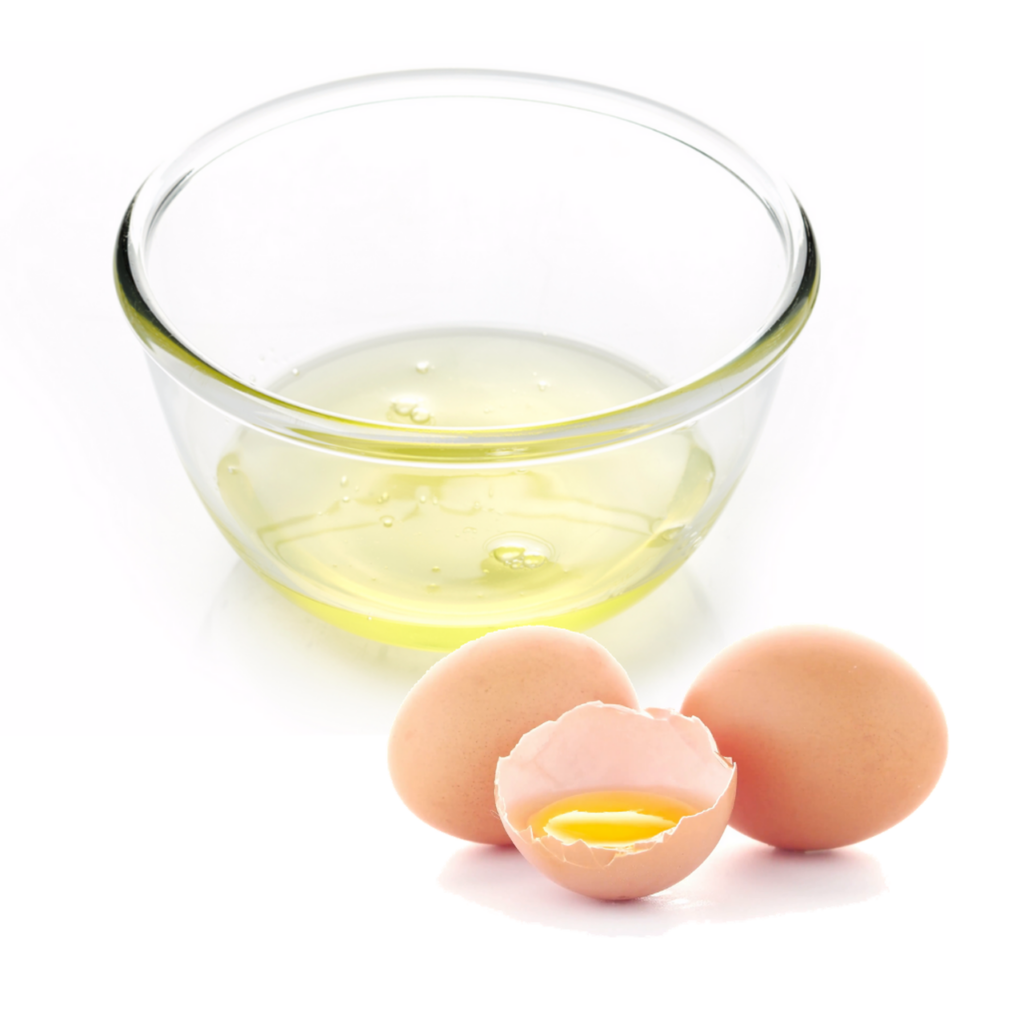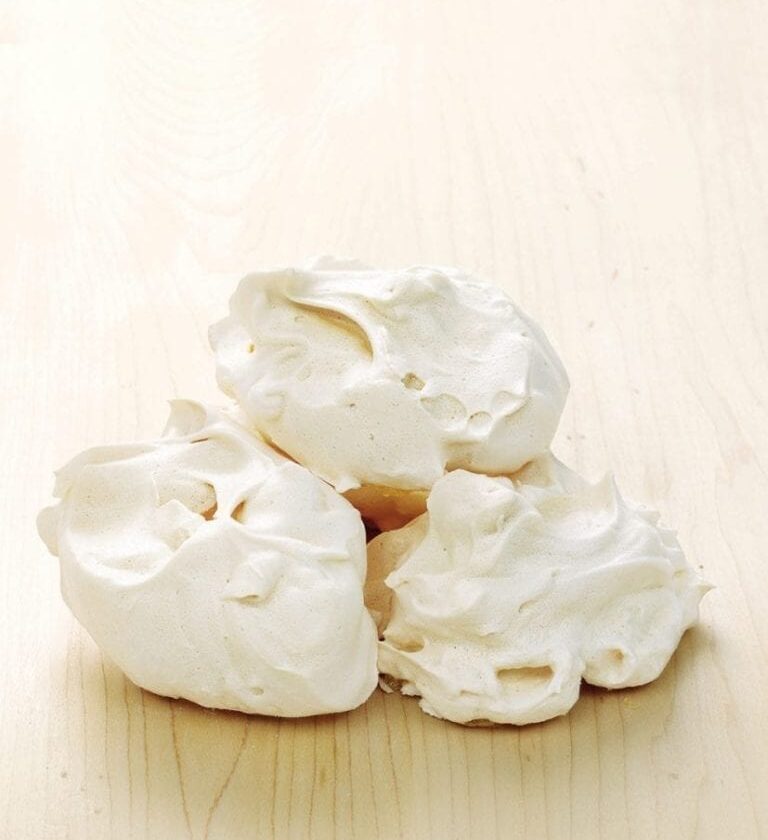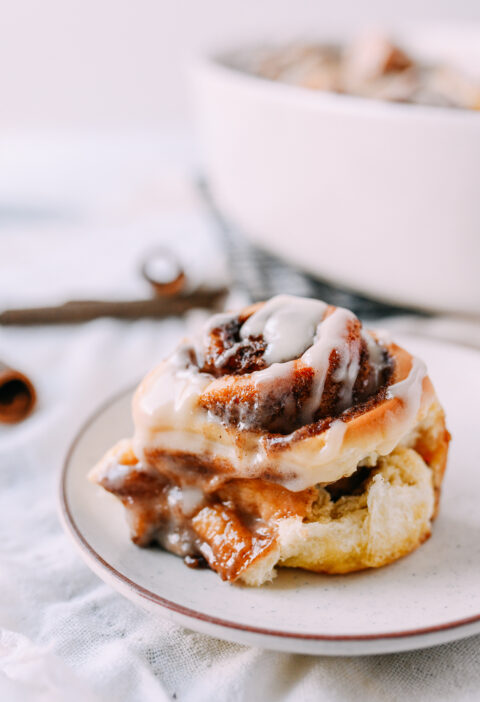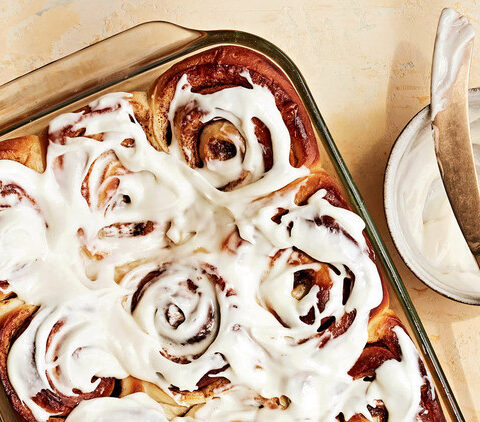Science Behind the Merengue Cookie!
Bellow I have explained the sciences behind each key ingredient in this merengue cookie recipe and how they aid in the process of being made. The main ingredients in merengue cookies are egg whites and sugar which when mixed become merengue that of which can be used in a number of recipes like lemon meringue pie and mousses. It’s a fluffy mixture that’s sweet and airy and is made through the process of whipping air into the eggs.
Eggs Whites

Eggs whites are approximately 90% water and the rest are proteins and minerals and the proteins are made of molecules called amino acids. The reason why egg whites become so fluffy when they’re whipped is because air is being added to them, creating air bubbles and simultaneously causing proteins to unravel or denature. In the process of denaturation some hydrophobic amino acids are exposed which cause the the air bubbles to move and get away from the water in the egg white. The air bubbles are then coated by proteins and hydrophobic amino acids start reacting with one another causing a linkage and a creation of nets that of which keep the bubbles from being popped. (3)
Cream of Tartar

Denaturing can also occur when adding an acid like cream of tartar or lemon juice both of which is vital in creating a successful merengue cookie. These acids help in lowering the pH of the meringue which helps in preventing mallard browning and caramelization. It also helps create a more stable emulsion.
Sugar

The process of adding sugar to the egg mixture not only gives merengues their sweet taste but it also helps in keeping the foam together. The addition of sugar to the aerated eggs creates a thick and glossy mixture as well as helps keep the emulsification created together. It can be noted that sugar helps group up more proteins on the surface of air bubbles and create even more stable bubbles.(3)
Salt

The salt in this recipe plays a role in helping enhance the flavors of the cookies.
Precautions to Take When Making Merengue Cookies
It’s important to note that when separating the egg white from the egg yolk you must be very careful. Egg yolks have fat molecules that are also attracted to air bubbles and also push some proteins away. However, unlike proteins, the fat molecules don’t help in the stabilization of the air bubbles and instead cause these bubbles to pop creating issues when making meringue. This is the same case with including other fats like lining trays with cooking oil or butter. This is why the items being used to make the merengue must be very clean. Issues may also arise when whisking the merengue too much causing there to be a separation of a grainy solid and a runny liquid. This occurs due to the fact that when too many proteins get together and create a net that’s so tight, water starts to squeeze out. This is why a stabilizer is a good addition to the recipe, that of which can be cream of tartar.(10)
Preventing Cracking
A commonly asked question is why one must leave the cookies in the oven before baking. It’s pretty simple, it helps prevent cracking which can occur due to a number of reasons. The sudden change in temperature can cause them to crack if taken out the oven right after baking. They can also crack if the oven is opened during the baking process which also occurs due to sudden changes in temperatures. But cracking can also happen if too much liquid is added.
Adaptation to Recipe (Vegan Merengue Cookies)
You can make vegan meringue cookies by replacing the egg whites with unsalted chickpea liquid as they’re very similar in compound and structure. They function very similarly when being whipped and create a similar consistency, airy and smooth.
Click here for a quick glimpse at the merengue cookie recipe!


